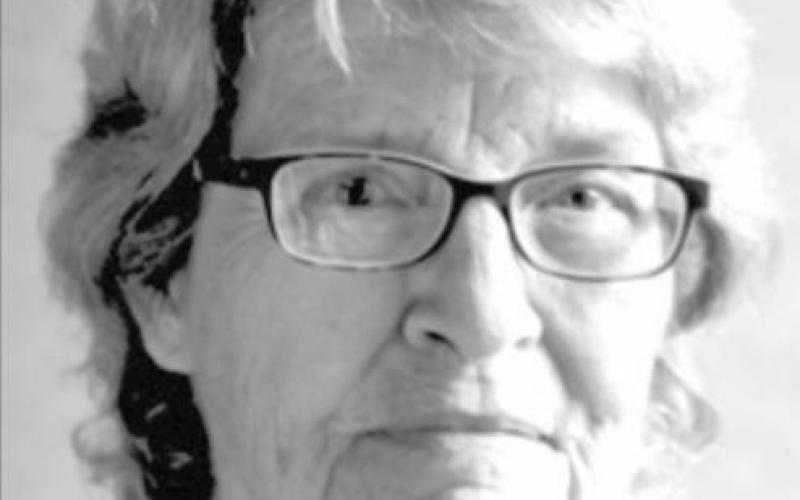Here is the Necessity Bank robbery foiled by a derrickman
Another story about Cotton Plant (Necessity) was the reason the town couldn’t get a U.S. Post Office was because there already was a town named Cotton Plant in Texas. Therefore, out of necessity, the town name had to change to Necessity.
One of the most noteworthy features of the early community of Cotton Plant was the baseball team. From 1902 to 1910, there was a big rivalry between Cotton Plant and Wayland, with both towns having great baseball teams, at that time.
Members of the Cotton Plant team during that era included Toapie Freeland at first base, Alex Fambro at second, Ben Grant at third, Harvey Fambrough at shortstop, Ray Herrington in left field, Walter Houston in center field and Tull Smith in right field. Willis Galloway and Dave Morgan shared the catcher position and the pitching duties were handled by Freeland, Cook, Spears, Grant and Richardson. That information should give researchers some additional names and maybe someone has a photo of the baseball team? Notice the two different spellings for Fambro and Fambrough, which are two different families and they follow the different spellings to this day.
There also is more information about the Mountain Valley School, which was initially located at the corner of the Necessity Cemetery, which was established in 1878.
The first one-room schoolhouse built there was replaced by a two-story wooden structure about a half-mile northwest of the first schoolhouse. Later, that schoolhouse was replaced by a brick building, which burned down one Sunday morning, when the school teacher, a Mr. Schockly, lit a fire to warm the building for the church.
Subsequently, the Necessity School consolidated with the Caddo School district. At about that time, the former school library building at Parks Camp was purchased and moved to Necessity, across the road from the former school building at Necessity and was dedicated as the Baptist Church.
Family records indicate that Joe and Annie Crowley moved to the Necessity community by 1890 with eight children in tow. They would have two more children after they moved to Necessity. Joe Crowley donated land for the Necessity Cemetery and was buried there in 1925, followed by his wife, Annie Crowley, in 1939. The couple originated in Mississippi and moved westward, first to Palo Pinto by 1882, then to Caddo by 1884 and subsequently to Necessity. Records indicate that their family attended the Mountain Valley Missionary Baptist Church.
Crowley’s brother, John William ‘Jack’ Crowley and his wife, Louisa Agusta (Cotton) Crowley moved to Necessity by 1889, where he purchased land next to his brother. Both their sons married locally and lived in Stephens County their entire lives.
Necessity also had their own doctor, Dr. Webb, who later moved to Breckenridge and continued to practice medicine there.
One funny story about Necessity involved the 1921 Necessity Bank robbery, which was foiled by an oil derrickman, who received a generous reward for helping the Goodwin brothers recover the bank’s money. The thieves fled in a Model T Ford, with the Goodwin brothers, Peck and Will, in hot pursuit on horseback. At some point, the brothers stopped at an oil derrick and asked the man on top if he could spot the Model T car that the robbers had fled the scene in with the bank’s money.
The derrickman spotted the thieves actually burying the money and then driving off. The derrickman relayed the information to the Goodwin brothers, who quickly rode off and recovered the bank’s money, but lost track of the thieves.
Unfortunately, the bank robbers were never caught, but imagine their surprise when they returned to recover the loot, only to find it was gone. The joke was on them.
By 1878, the population of Stephens County had grown steadily to 600 residents in or near the main city of Breckenridge. That same year saw the establishment of the Artesian Well and Water Company by H.H. Beck, who was a new face in Stephens County from Iowa. The company was located at the northeastern corner of Walker St and Williams St. It was established as a stock company by Beck and his investors. A person could buy stock for $35 a share. Subsequently, Beck sold the company to T.B. Wheeler and further drilling began, however, they ran into problems with the deed and stopped drilling at 400 feet. Others took over the project, which included N.S. Greenwood, O.B. Wilson, W.C. Pylley, C.S. Morris and W.N. Porter. It became the Anderson, Coffey and Fisher Company. This artesian well may be the source of the freshwater that runs into the basement of the First National Bank building and the basement of the Swenson Memorial Museum, which might be worth further exploration
I promise the Necessity Bank Vault story next week with a photo showing the vault living amongst the Cacti.
- Log in to post comments


